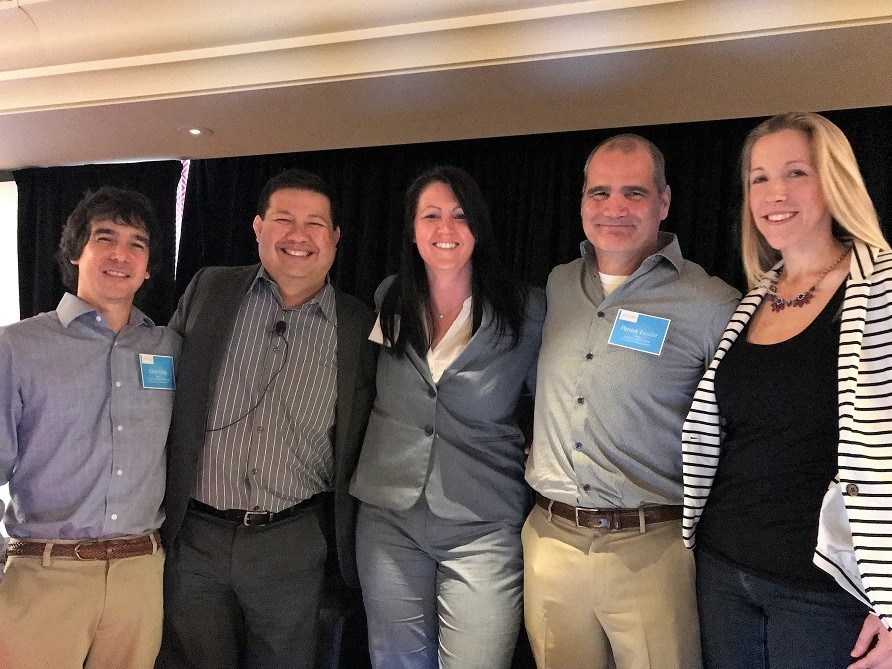Get Ready for ’18
9 Marketing Tips
The winter months signal a slow down throughout the multifamily industry. For marketers and site staff, however, the slow season is a great opportunity to get ahead for the spring. Below are 9 tips for a productive winter that will jumpstart your spring. Marketing Refresh Collaborate with sales and operations. The slow season is the […]













